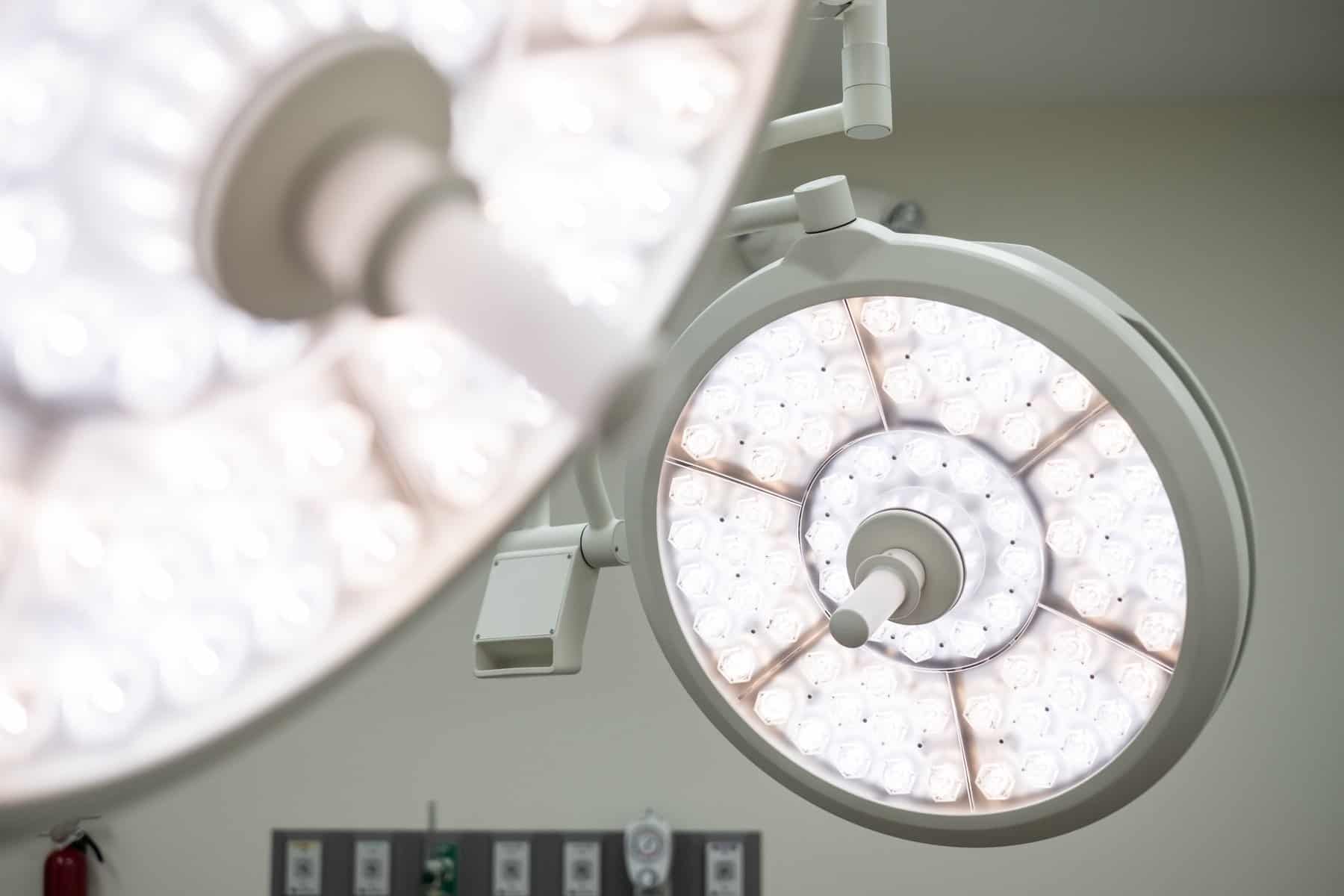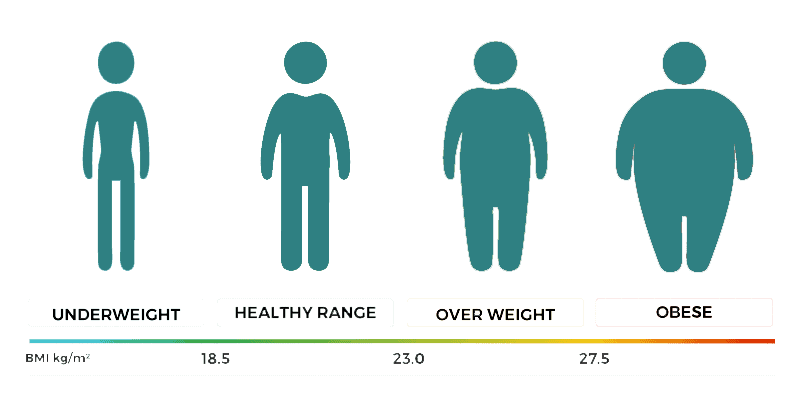Anatomy of Hernias
The most common location for a hernia is the abdomen.
The abdominal wall is a sheet of tough muscles and tendons that run down from the ribs, legs, and the groins. It acts as the body’s corset. Its function, amongst other things, is to hold in the abdominal contents, principally the intestines.
If a weakness should open up in that wall, then the corset effect is lost. The intestines then push against it from the inside and push through the opening or weakening in the abdominal wall. The ensuing bulge, which is often quite visible against the skin, is the hernia.
The word Hernia means “something coming through”.
These windows of weakness commonly occur where there are natural weaknesses in our abdominal wall.
Examples of these are the canals (inguinal and femoral) which allow passage of vessels down to the scrotum and the legs, respectively. The umbilical area (navel) is another area of natural weakness frequently prone to hernia. Another area of potential weakness can be the sites of any previous abdominal surgery, the incisional hernia.
The more you know and understand about hernia, the better your chances of getting the best repair.
Most hernias do not hurt. Paradoxically, the larger ones often hurt less. The reason being that a large “window” in the abdominal wall allows the intestine to slide in and out easily and is not usually the cause of pain. Pain tends to occur when something is getting “squeezed”. That is often (although not exclusively) associated with smaller hernias.
It is a shame, in a way, that the larger hernias tend not to hurt because that often leads the patient to think it is not urgent or important. It is!
Pain is a very serious warning indeed. The hernias that DO hurt are also the ones more likely to strangulate. Strangulation is when the intestines trapped inside are being squeezed. This causes the intestines to lose blood flow, become necrotic, and possibly need to be resected. This is a very serious issue that needs to be adressed immediately.
One more fact is that the hernias that are left until they hurt tend to cause the longest post-operative pain.
A useful ‘Golden Rule’ is that once you are aware of the symptoms and a hernia has been diagnosed, it is in your interests to have it fixed as soon as possible and as well as possible.





